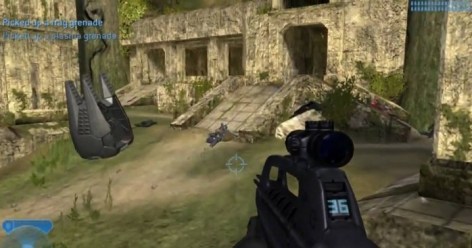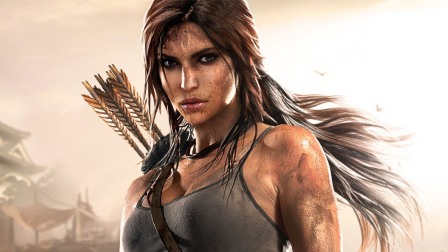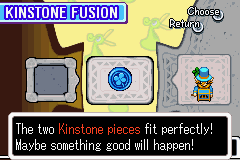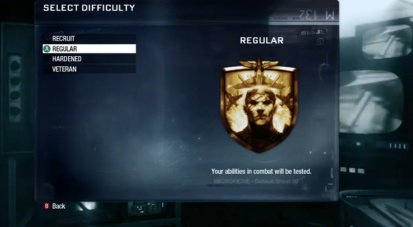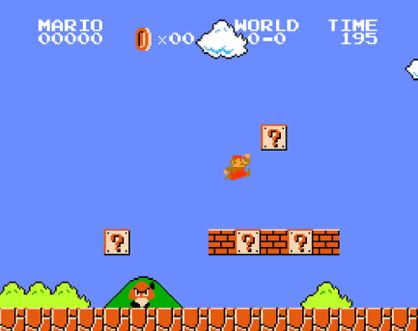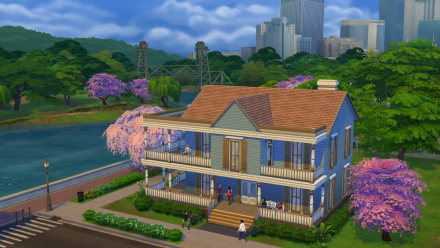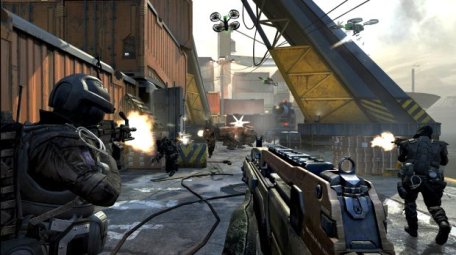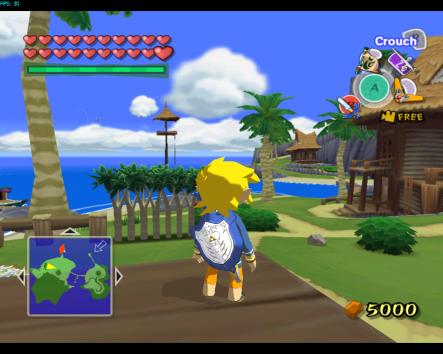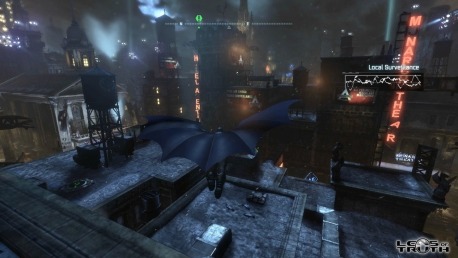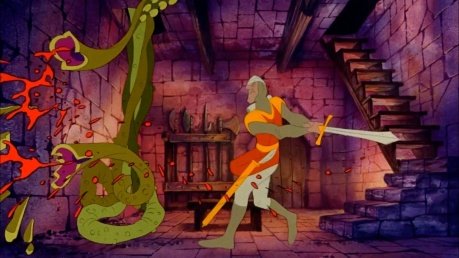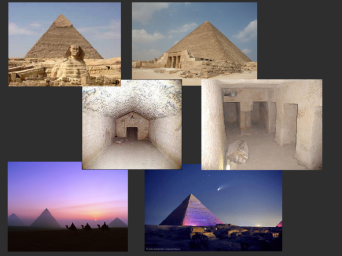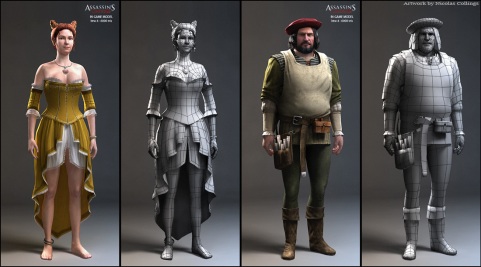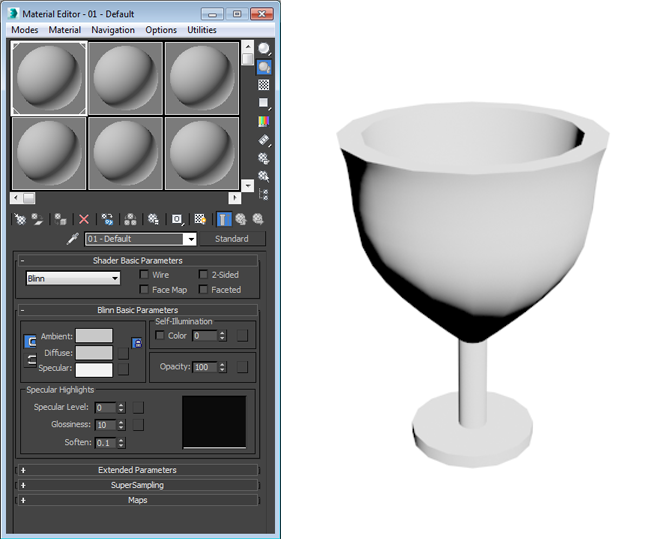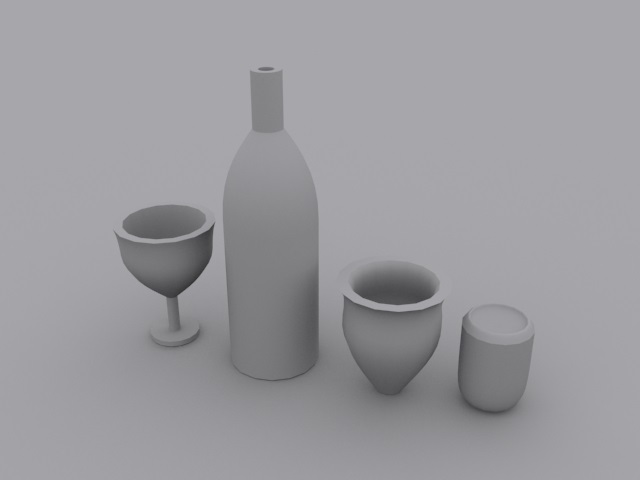Gameplay elements define how a player moves throughout the game world and how they interact with objects and the environment. The gameplay concept includes the sort of emotions that are evoked within the player and the variety of rules and mechanics which are used to immerse them.
Interaction Models
It is important to consider how the character will be controller and represented within a game. Interaction models display how the player will interact within the game world and determines what they will be controlling as well as the way in which they do it. One type of interaction model is an avatar interaction model. This is when the player controls a single main character and decides how they move through the game world. On the other hand, there is the omnipresence model. This is when the player controls a host of characters or the game world itself, meaning that they have an almost godlike presence within that world. An example of a game that makes use of the omnipresence interaction model is Halo Wars. Halo Wars is a real-time strategy game where you build and control armies with a bird’s eye view of the battlefield.
Single vs. Multiplayer
Single player game modes allows the player to work by themselves against AI, with the help of NPCs and objects within the game world. This game mode was particularly important in the early development of games and is still a major component in more modern games.There are two types of multiplayer game modes, co-operative or competitive. In co-operative multiplayer, you work with a group of people in order to complete an objective as a team, often against one or more AI opponents. Playing in co-op modes allow players to assist each other in a variety of ways such as healing or providing cover fire and can operate either locally or via over a network. On the other hand, in competitive modes, you work against other people in order to be the best. Due to it’s nature, competitive gaming has promoted the growth of eSports, and we now see young gamers competing for large prize pools in championships all over the world. Halo: Combat Evolved was one of the first competitive games to host a National Championship in 2004, which went onto the MLG Washington Championship in 2005, where Halo 2 was being played for a prize pool of $5,000.
Narrative Design
Narrative design determines how the player will be subjected to the game story. Narrative design can be carried out either in the game itself or via cutscenes which can emerge depending on the player’s progression. Different games present narrative in different ways but the main similarity that all games share is that there must be a conflict, without struggle, the player just has to make a decision, with no barriers or challenge along the way. Narrative is often linked to the visual style of a game and can be presented in a graphical, textual or auditory manner.
Feedback
Feedback is given to the player as they progress through the game based on their performance during certain tasks. This is linked to the HUD, as well as the narrative design of the game. Bother graphical and auditory narrative can be used to provide the player with feedback.
Protagonist and Antagonist
The protagonist is the leading character or one of the major characters in a game whereas the antagonist is one who is hostile or against the protagonist. The main character is portrayed in such a way that the player ends up relating to them, or feeling sympathetic towards them due to the situations that they are in. Lara Croft is an iconic character in games as she was one of the first strong female protagonists to appear in a game. Generally, the protagonist and antagonists have goals which directly oppose each other. However, the villain in a game does not necessarily have to be a singular man. It could be a group of people, nature (weather), aliens, an institution or even the character themselves. This opens up the option for the development of side characters as their lives can be directly affected by a protagonists actions.
Setting
The setting determines where the game takes place and how the player interacts with the game environment – this is known as the physical setting. There is a variety of features that contributes to settings within a game.
Temporal
The word temporal relates to time. Temporal setting needs to be considered when designing a game so that it relates well enough to the set time period. For example, if you were playing a game set in the early 1800s, you would not expect to hear modern day music being played on a radio as this would display a poor temporal setting.
Emotional
The emotional setting is used to immerse the player in the game and make them feel attached to the character as well as the game play itself. Designers need to be sure that they create the correct atmosphere so that the game evokes emotion within the player.
Environmental
Environmental setting must also be considered when designing a game. It is vital that the atmosphere created by the weather and environment enhances the game play experience. For example, if something saddening occurs, you would not expect the sun to be beaming as this would display poor environmental setting.
Whichever attributes you choose to use in your game setting, you must make sure that they are age appropriate and do not contain any features which may offend certain cultures. Assassin’s Creed is a game series which chooses game setting very carefully, considering not only the objects which feature in the game world, but also the sort of characters that are present.
Goals, Challenges and Rewards
Goals within a game are the main objectives that the player must complete in order to progress. Furthermore, games often contain optional objectives that can be completed in order to gain further rewards, these are known as challenges. For example, in Call of Duty: Black Ops 2, one of the mission goals is to escort the president through the level. However, as well as this main objective, the player also has the option to look for enemy intel in order to gain more insight into the story line and unlock achievements for themselves. Other games may use more simple main objectives such as collecting a certain number of coins in order to progress to the next stage of the game.
When a player completes these goals and challenges which have been set, they are often rewarded with an item that will help them during their game play. For example, if the player chooses to help Tingle fuse all of the Kinstone pieces in The Legend of Zelda: The Minish Cap, not only they will receive a trophy, but they will also unlock previously unopened parts of the map – such as caves or chest locations. Similarly, completing the main storyline rewards them with extra life making it a lot easier to succeed later on in the game.
Player Actions
There are two different things we consider when discussing player actions – the things that the game character can do, and the way in which the player themselves can control the character and the game world. Simple one button moves are required from basic movement throughout the game whereas complex combinations can be learnt throughout and used optionally to improve the way in which the character performs in the game. Controls and mechanics are often introduced slowly during a game so that the player is able to master these skills and feel some sort of progression within the game character.
Rules and Mechanics
Rules and mechanics need to be established early on in the design phase of the game so that the player understands how the character interact with NPCs, environments and objects. As well as this, rules need to e established that have a direct effect on the gameplay itself, for example, if the player picks up a weapon, they should know how to use it straight away. Similarly, the ‘win and loss conditions’ must be considered – will the player die and have to restart if they make a mistake, or will they get three lives so that they get an extra chance upon failure, like you do in Super Mario Bros. – those who make mistakes should be punished and those who succeed should be rewarded for their efforts.
Difficulty and Balance
The difficulty of the game needs to be appropriate so that the game is made neither too easy nor too hard. The best way in which a game developer can do this is by making it so that the game starts off much easier, and gets more difficult as the player learns the mechanics as they improve and progress through the game. A very good feature that games such as Call of Duty include is the option to choose the difficulty at which the game is played. This makes it more versatile for people of different skill levels – the game won’t be too hard for beginners and it won’t be too easy for veteran players.
Game Structure
When producing a game idea, designers need to consider the game structure and the way in which each thing relates to another. They often use flowcharts to map out the basic structure of the game and show the ways in which different components interact with one another. For example, designers may map out how the creation of a game lobby will work.
Addiction
Designers often aim to make an addictive game that compels the player to want to return to that game world at the next given opportunity. As a game designer, you should strive to make your game mildly addictive whilst remembering that much of one thing can have an adverse effect on our health and can be classed as dangerously/overly addictive.

